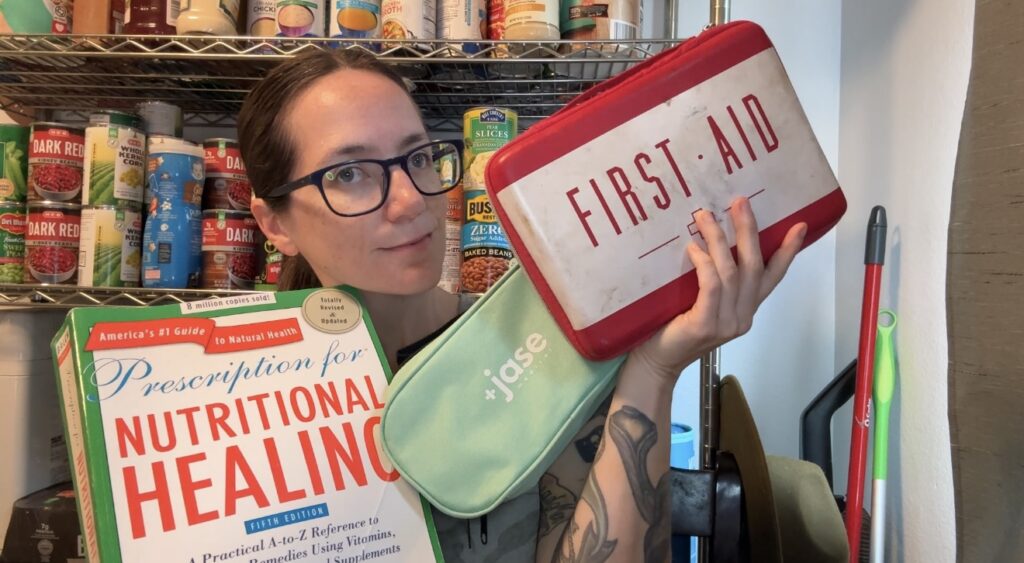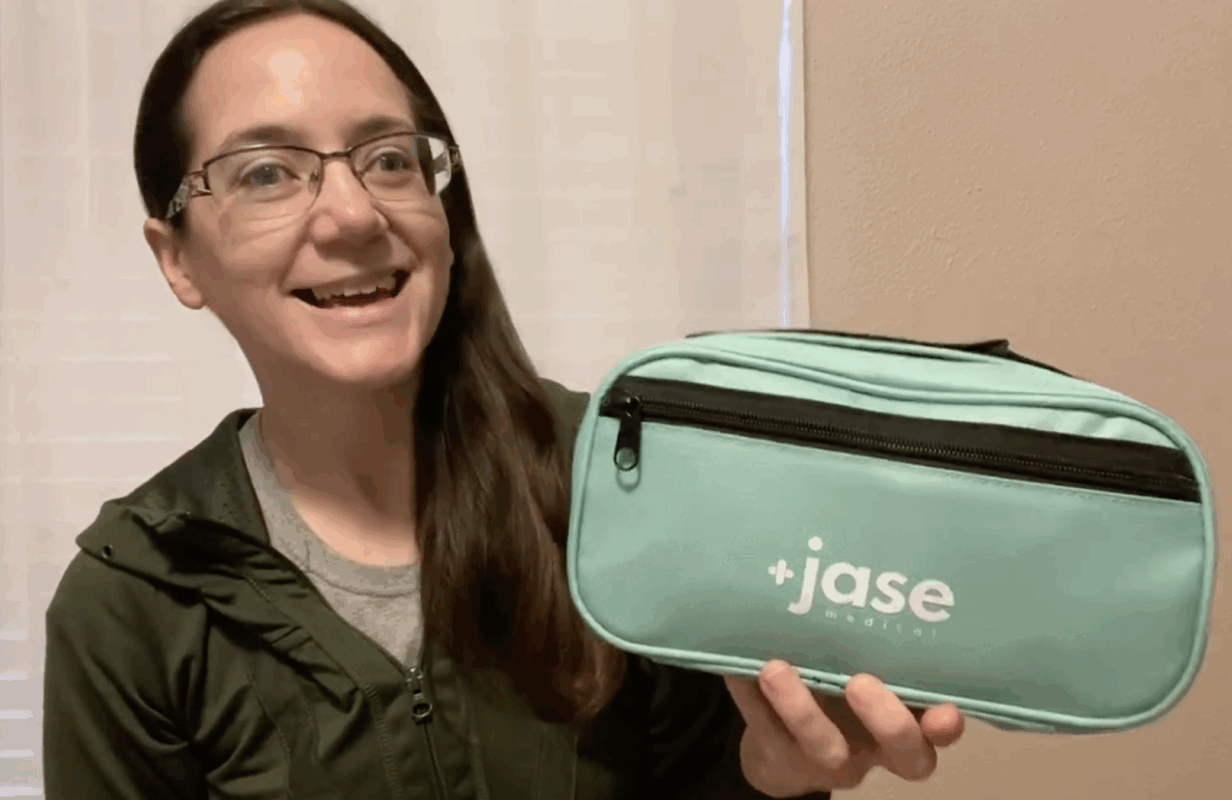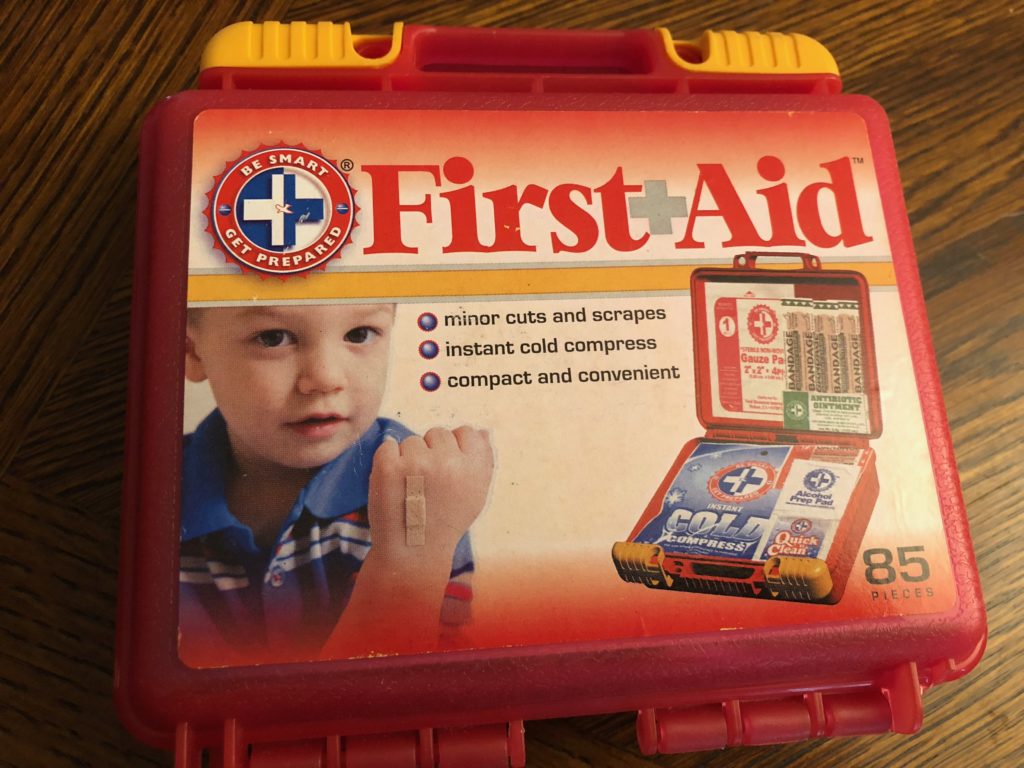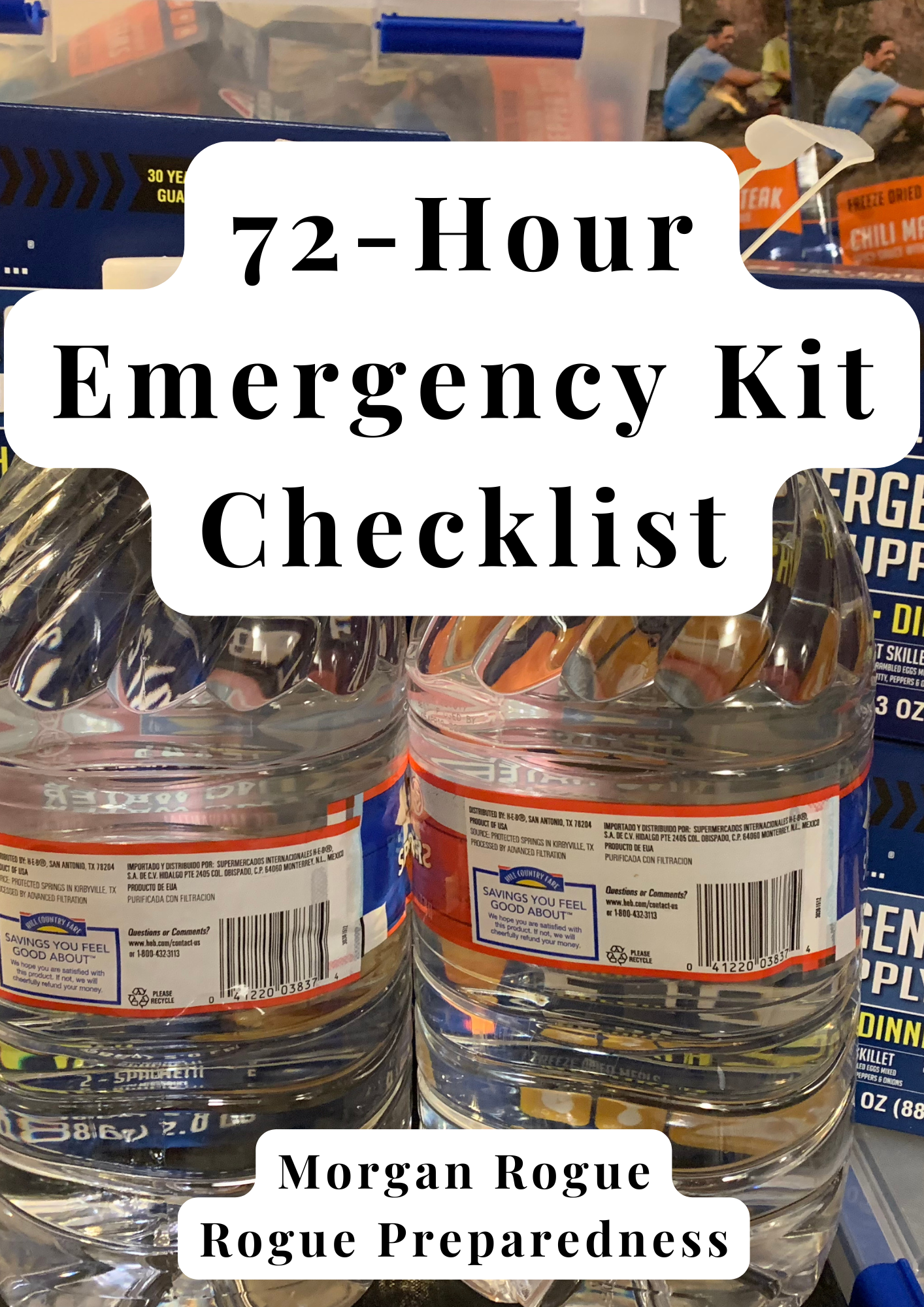Emergency Preparedness
First Aid Basics for Non-Medics: What to Keep in Your Kit
You don’t need to be a doctor—or even “medically trained”—to provide first aid in an emergency.
What you do need is a well-stocked kit and a basic understanding of how to use what’s inside it.
A first aid kit isn’t just for disasters. You’ll use it for everyday scrapes, burns, headaches, allergic reactions, and the occasional “why is my kid bleeding?” moment.
Here’s how to build a practical first aid kit for regular people, not paramedics.

The Goal of a First Aid Kit
Your kit should help you:
- Treat minor injuries at home
- Stabilize someone until help arrives
- Prevent infection
- Reduce pain or discomfort
It doesn’t need to look like a hospital supply closet right away. Start simple, then expand.
Beginner First Aid Kit Essentials
Wound Care
- Band-aids (multiple sizes)
- Gauze pads & rolled gauze
- Antiseptic wipes or hydrogen peroxide
- Antibiotic ointment (Neosporin)
- Medical tape
Pain & Illness Relief
- Pain relievers (acetaminophen or ibuprofen) for kids and adults
- Allergy antihistamines (Benadryl)
- Anti-diarrheal tablets
- Electrolyte packets
Burns & Skin Irritation
- Burn gel or aloe vera packets
- Hydrocortisone cream (rashes/itching)
- Burn relief spray
Tools
- Tweezers
- Scissors
- Digital thermometer
- Disposable gloves
For Serious Situations (If You Can Add It)
- Emergency blanket
- Instant cold pack
- Tourniquet (learn proper use)
- SAM splint (for immobilizing injuries)
Add Hygiene Items Too
Illness spreads quickly when hygiene is ignored.
- Hand sanitizer
- Wipes
- Tissues
- Small trash bags

Don’t Forget Family-Specific Items
Customize your kit:
- Kids: cartoon band-aids, liquid meds, non-sting wipes
- Elderly: extra OTC and/or prescription medications
- Pets: vet-approved antiseptic + bandages
Quick Checklist: First Aid Basics for Non-Medics
- Can treat cuts, scrapes, burns, and minor infections
- Has pain + allergy relief
- Includes tools like tweezers, scissors, gloves, thermometer
- Includes items tailored to your family’s needs
- Reviewed and restocked every 6-12 months

Bonus:
Speaking of over the counter/prescription meds, Jase Medical offers prescription meds and antibiotics delivered right to your door without the hassle and for an affordable price! These meds can last a decade or more if kept in ideal conditions, they even have its for 12-17 year olds.
You can use my code ROGUE10 for a discount!
Final Thoughts
Sometimes buying a pre-made first aid kit just so you can have one on hand right away, is a good idea. Then, you would refill as needed.
Keep a first aid kit everywhere:
- Car(s)
- Purse/bag
- Bug out bag(s)
- Home
- Workplace drawer
Show your kids how to clean a wound and put on a bandaid. It will make the more independent and they’ll be able to help YOU and others in an emergency. Consider also getting the their own kid-specific first aid kit (that you all can make together), for their bug out bags.
You don’t need medical training to provide effective first aid—you just need the right supplies and a calm approach. A well-prepared kit turns panic moments into manageable ones.
Action: Set up your first aid kit this week, then add 2–3 items each month until it’s complete.


